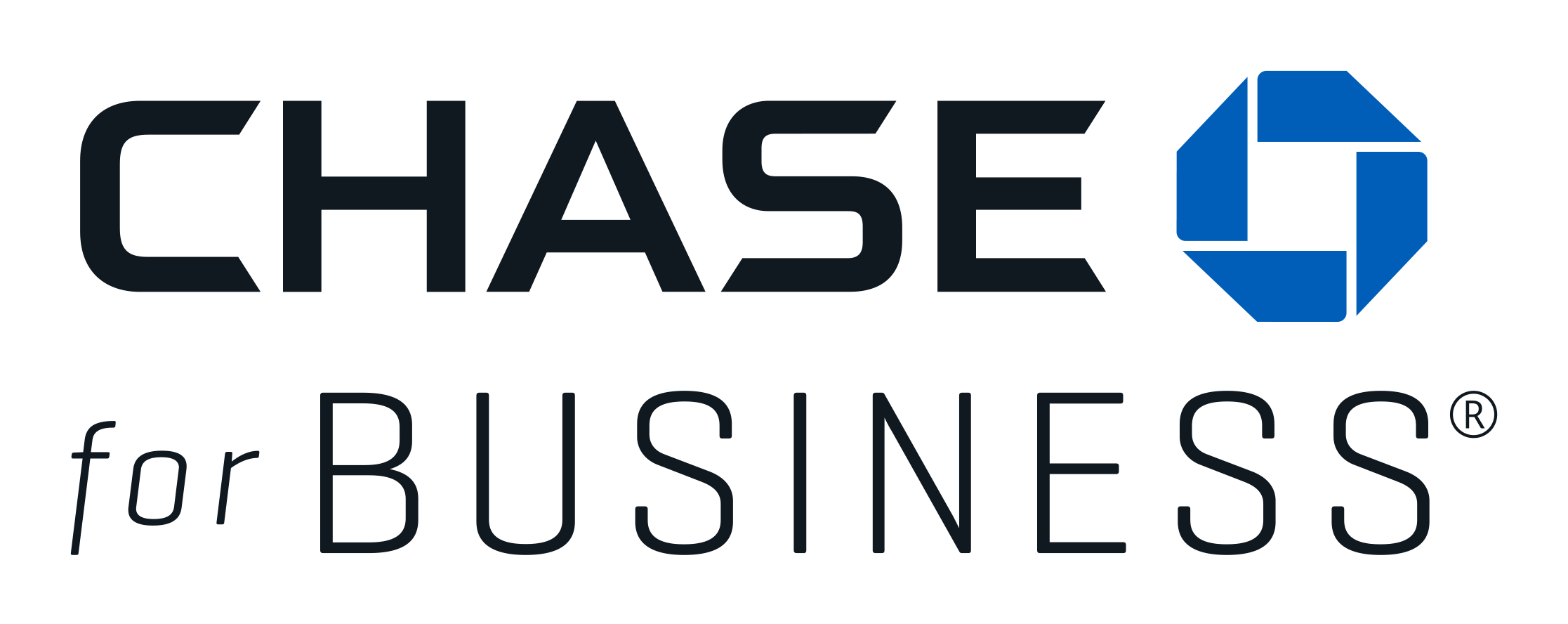Spooked by Bank Failures? Minimize the Impact to Your Business
Keep an emergency fund at a separate business bank to help insulate your company from a bank failure.

Many, or all, of the products featured on this page are from our advertising partners who compensate us when you take certain actions on our website or click to take an action on their website. However, this does not influence our evaluations. Our opinions are our own. Here is a list of our partners and here's how we make money.
Bank failures are rare. Over the past decade, less than 1% of banks insured by the Federal Deposit Insurance Corp. failed annually, according to an analysis of FDIC data. That amounts to just a handful of banks each year (if that).
But high-profile collapses of Silicon Valley Bank, Signature Bank and First Republic in recent weeks has many business owners wondering whether their business bank — and their capital — is safe.
The answer is likely “yes.” Even so, business owners should take steps to minimize their exposure and create a plan of action for the unlikely event their business bank fails.
How to protect your business against bank failure
Mind the $250,000 cap
The FDIC insures up to $250,000 per depositor, per institution, per ownership category (single account, joint account, corporate account, etc.). You can use the FDIC’s insurance estimator to get a sense of your coverage across business and personal accounts.
If your business’s deposits far exceed the $250,000 cap, consider a bank that’s part of the IntraFi network. Banks in this network offer two key services: ICS and CDARS.
The Insured Cash Sweep service and Certificate of Deposit Account Registry Service spread your deposits across multiple financial institutions within the IntraFi network, keeping no more than $250,000 in principal and interest with any one bank.
You still deposit and withdraw funds from your primary institution, making it easy to manage your money, and you enjoy full FDIC insurance on millions of dollars in deposits.
These accounts are typically more expensive and take a bit longer to set up than a traditional business checking account, says Randell Leach, chief executive officer of Beneficial State Bank, which is part of the IntraFi Network and serves customers in California, Oregon and Washington.
“It's not necessarily the right product for everybody, but it can be very effective if insurance is the primary concern,” Leach says. “And it might be more attractive in this environment than it was six months ago.”
A business with $500,000 in deposits, for example, might prefer to split its funds up manually, with free business checking or savings accounts at multiple banks.

Use multiple business bank accounts
“Don’t put all your eggs in one basket,” says Larry Rush, who has more than four decades of commercial lending and business banking experience and is currently a volunteer mentor with SCORE, which offers free business mentoring nationwide.
That’s sage advice whether you have a daily balance of $12 million or $12,000.
At a minimum, keep an emergency fund with a month’s worth of operating expenses in a business savings account at a separate bank from your business checking account. This can help insulate you from a bank failure, as well as other unforeseen expenses or interruptions in your business.
Rush advises his clients to go a step further: Keep your payroll account at one bank, your personal account at another and your main business bank account at yet another bank.
ADVERTISEMENT
| Product | Monthly Fee | APY | Learn more |
|---|---|---|---|
 American Express® Business Checking NerdWallet Rating Learn more at American Express National Bank, Member FDIC | $0 | 1.30% With $0 min. balance for APY | Learn more at American Express National Bank, Member FDIC |
 Bluevine Business Checking NerdWallet Rating Learn more at Bluevine, Deposits are FDIC Insured | $0 | 1.50% With $0 min. balance for APY | Learn more at Bluevine, Deposits are FDIC Insured |
 Chase Business Complete Banking® NerdWallet Rating Learn more at Chase, Member FDIC | $15.00 Waived with $2,000 minimum balance | N/A | Learn more at Chase, Member FDIC |
What to do if your business bank fails
While bank failures are uncommon, they do occur. If your business is impacted by a bank failure, a smart plan of action can help minimize the impact on your operations.
Gather the facts
When a bank fails, accounts are frozen while the FDIC takes over operations and restores account access by setting up a “bridge bank,” typically only up to the insured amount. (The federal government guaranteed all deposits at Silicon Valley Bank and Signature Bank, but this is not the norm.)
This process takes a few days, and during that time, business owners need to quickly assess how much of their money is tied up and what business functions are impacted, such as payroll and accounts payable.
The next step: Find out when you will have access to your funds. Communications from the FDIC will spell out the time frame, provide answers to frequently asked questions and include contact information. You can find this on the failed bank’s website and on the FDIC site.
If you have a loan or line of credit at the failed bank, you’ll continue to make payments as usual — the FDIC’s bridge bank will take over that account in the immediate term.
Communicate with stakeholders
Don’t leave customers, clients and employees in the dark. If payroll or vendor payments are disrupted by the bank closure, communicate that right away, Rush says.
“The first thing I would do is call my clients that I have accounts payable with,” Rush says. Clue them into the situation: that your business bank shuttered, your assets are temporarily frozen and you expect to have access to your accounts in a few days. “If I’m the accounts payable, I’d understand. Especially if you have a good track record.”
Set up a new business bank account
If you did all of your banking with the failed bank, you’ll need to quickly open a business account with a new bank.
In the wake of the Silicon Valley Bank failure, depositors flocked to “too big to fail” banks, like Chase, Bank of America and Citibank. But their accounts do have downsides, specifically, higher fees, tighter transaction limits and lower interest rates than online or community banks. Weigh all of these factors when selecting a new business bank or, ideally, banks to deposit your funds.
You can set up a business account online in minutes with many digital and traditional banks. Just pay close attention to deposit hold times and any delays specific to new customers. ACH transfers can take up to five business days to post with some business accounts, for example, and mobile check deposits can be held for up to seven business days with some banks. The last thing you need is to have more funds held up. (Wire transfers are typically the fastest way to move money from one bank to another.)
Do a quick dive into the financials of any business bank you consider and look for potential red flags, such as a heavy focus in one sector or a high ratio of bad or delinquent debts versus assets on hand, says Gregory Bader, head of the banking and financial services practice at Gunster Law Firm in Florida.
“You don’t want to jump from the frying pan to the fire,” Bader says. “You want to find a healthy bank that’s going to provide enough FDIC coverage.”

